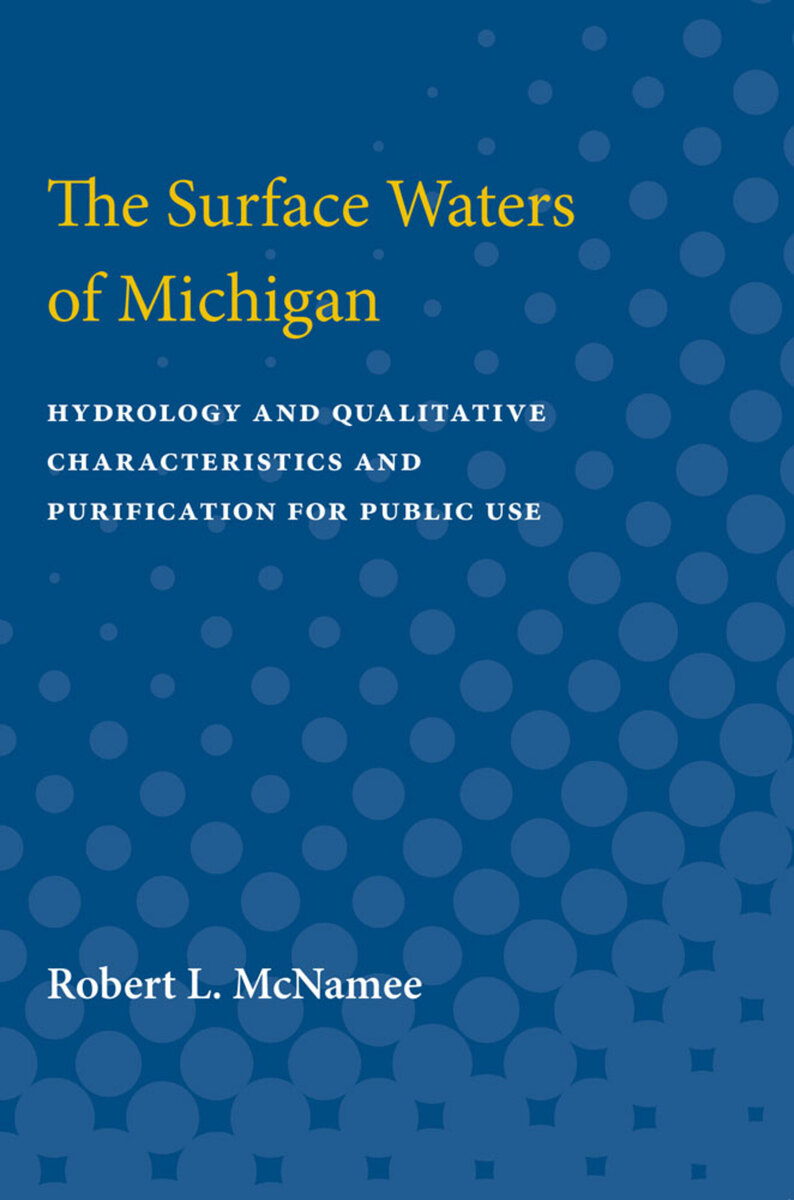The Surface Waters of Michigan: Hydrology and Qualitative Characteristics and Purification for Public Use
University of Michigan Press, 1930
Paper: 978-0-472-75176-1
See other books on: Hydrology | Michigan | Science
See other titles from University of Michigan Press
Paper: 978-0-472-75176-1
ABOUT THIS BOOK
ABOUT THIS BOOK
There are 34 primary river systems in Michigan that have watersheds of 250 square miles or more, and 9 secondary river systems that have watersheds of 500 square miles or more. The mean annual discharge rates of the trunk rivers of these systems range from a minimum of about 0.60 to a maximum of about 1.35 cubic feet per second per square mile of watershed. The regimen of Michigan streams is remarkably uniform in comparison with that of streams in many other parts of the country. This characteristic is favorable to the utilization of stream flow for practically all purposes. The qualities of the waters of the Great Lakes are better than those of the average of the inland river systems of the State. Michigan is justly classed as a hardwater state even in consideration of its surface waters alone, for few streams have waters as soft as the average for the United States as a whole. The purification of Michigan surface waters involves functions and processes for the removal of bacteria, clarification, softening, the removal of iron and manganese, the destruction of algae, and the removal of disagreeable tastes and odors. The physical structures and equipment to accomplish these purposes include screening devices, aerators, chemical treatment devices, sedimentation equipment, filters, and sterilization equipment. A tabulation of descriptive data and functional characteristics of 27 gravity rapid-sand filtration plants in Michigan discloses a variety of designs, old and modern, for treatment ranging from simple bacterial removal for invariably clear lake waters to complicated softening for highly variable, turbid, mineralized, and waste-polluted river waters.
See other books on: Hydrology | Michigan | Science
See other titles from University of Michigan Press












